Introduction
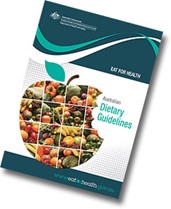
The foods and drinks we consume have an important effect on our physical and mental wellbeing – for better or for worse.
While there isn’t a specific diet that is recommended for everybody, the Australian Dietary Guidelines (2013) provide advice on the amounts and types of foods that we should consume every day for good health and to reduce our risk of diet-related diseases.
The Guidelines are based on the best available scientific evidence about food and nutrition. They apply to all healthy Australians, as well as those with common health conditions such as being overweight. They do not apply to people who need special dietary advice for a medical condition, nor to the frail elderly.
There are five main guidelines, plus specific advice about the types and amounts of food and drinks to consume, and those to limit for a balanced diet that meets our energy and nutrient requirements.
The Guidelines
1
To achieve and maintain a healthy weight, be physically active and choose amounts of nutritious food and drinks to meet your energy needs.
2
Enjoy a wide variety of nutritious foods from these five food groups every day.
3
Limit intake of foods containing saturated fat, added salt, added sugars and alcohol.
4
Encourage and support breastfeeding.
5
Care for your food and store it safely.
Click here to read the Australian Dietary Guidelines in full.
Foods and drinks to consume
The five core food groups:

Vegetables and legumes

Fruit
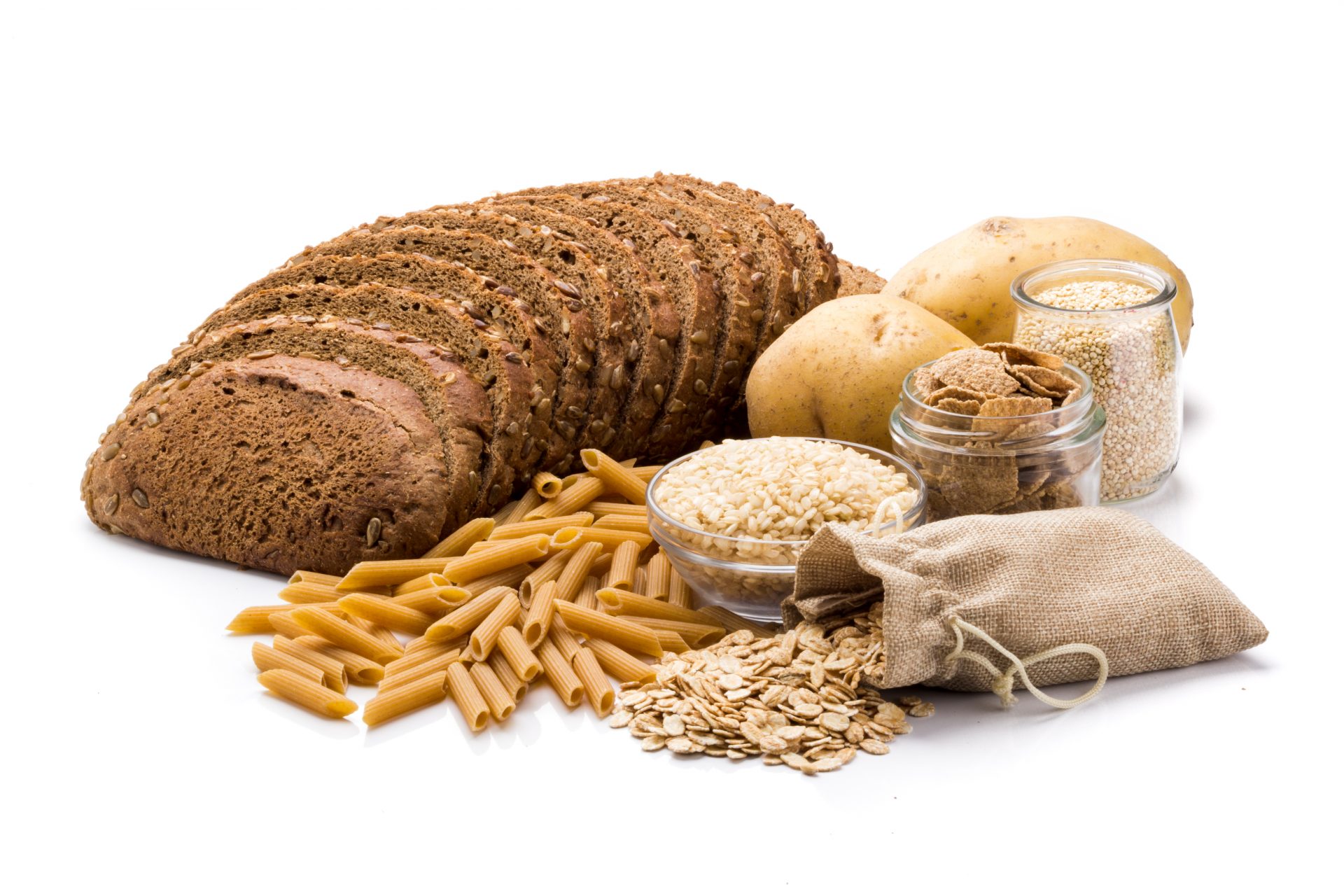
Grain (cereal) foods
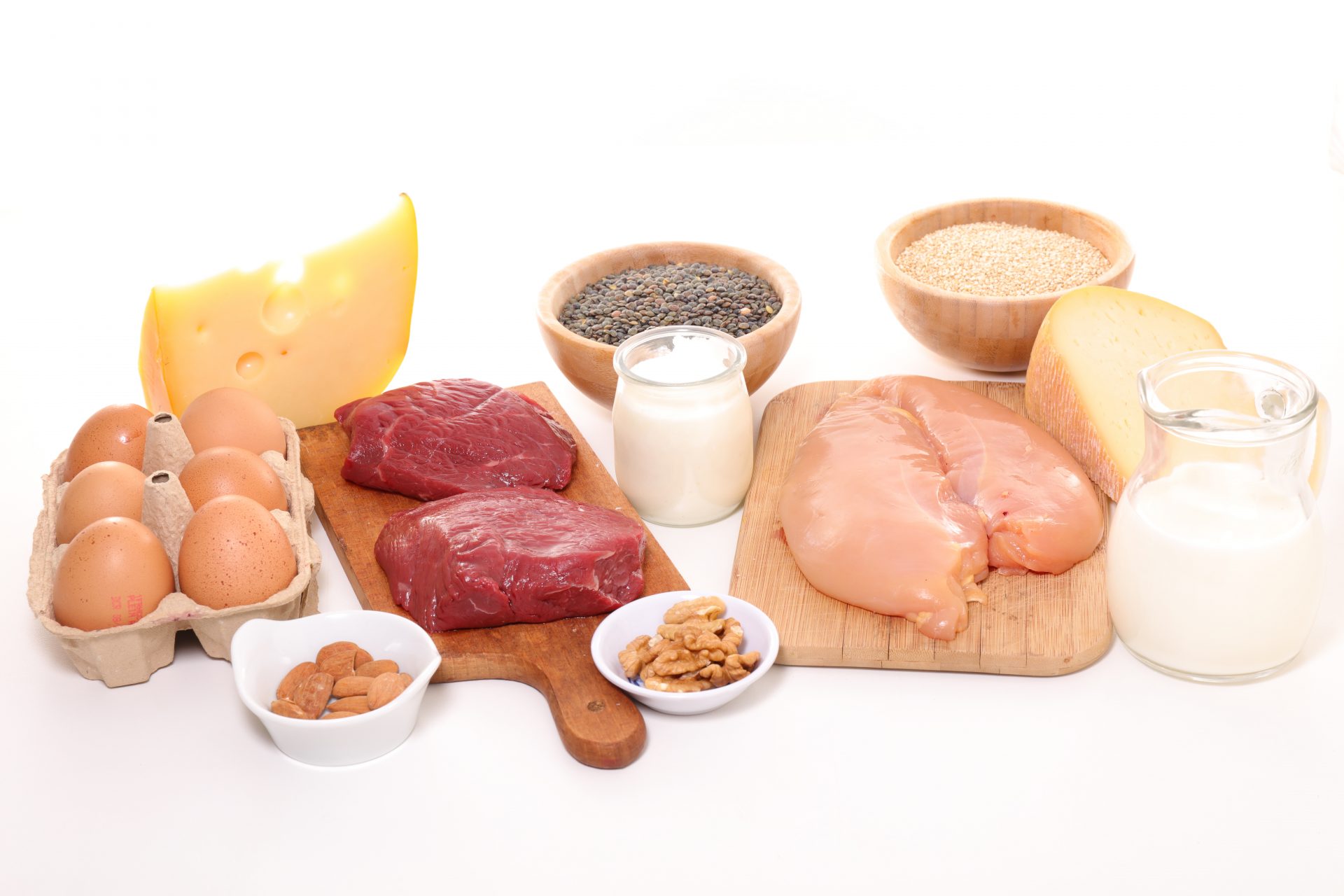
Lean meats and poultry, fish, eggs, tofu, nuts and seeds, and legumes/beans
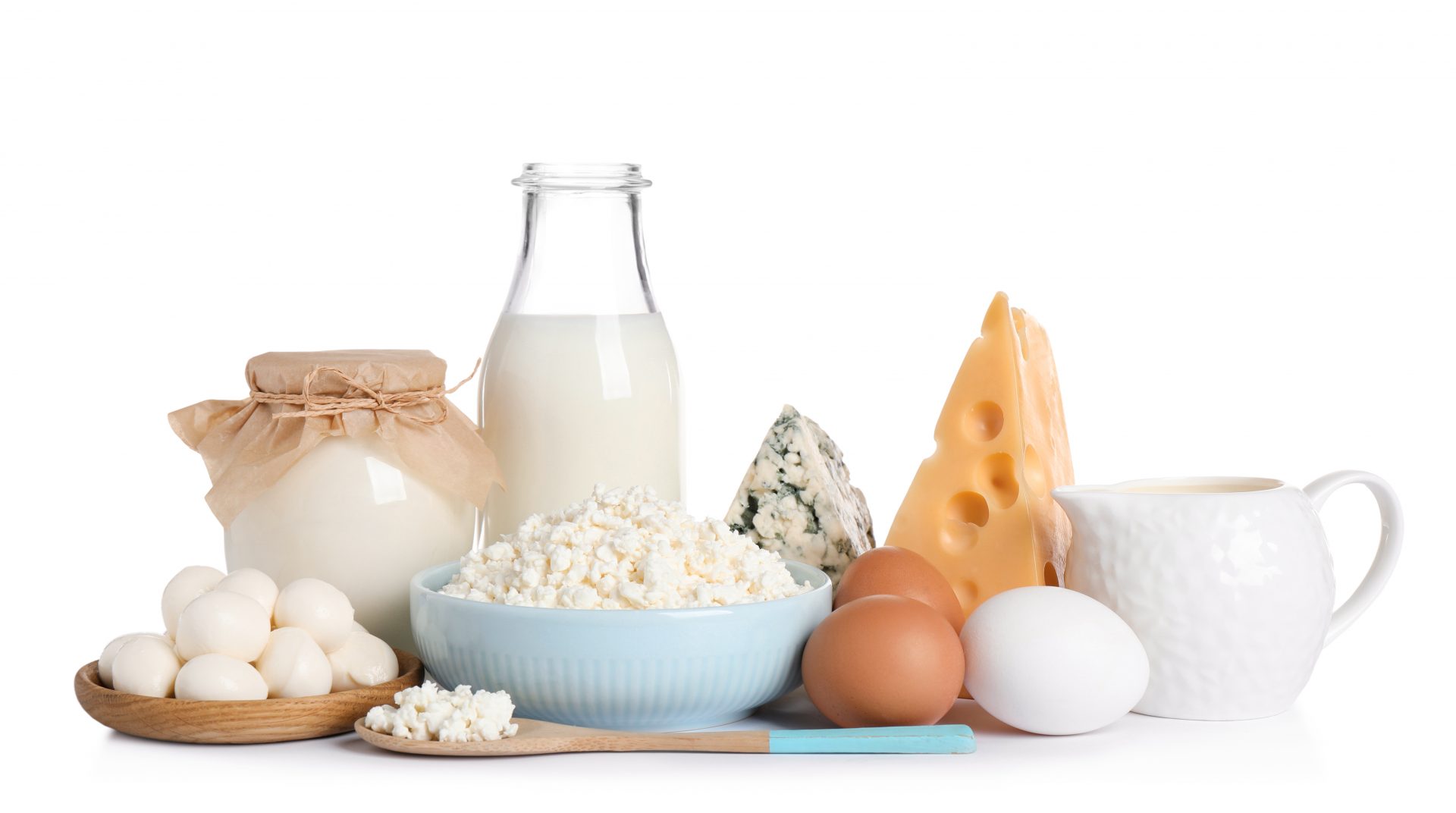
Milk, yoghurt, cheese and/or their alternatives
The Australian Dietary Guidelines 2013 provide specific recommendations on the amount of food to consume from each food group each day, for a balanced diet.
Consuming the recommend amounts will provide you with adequate energy (kilojoules) and nutrients (vitamins, minerals, etc) for your age and gender.
Recommended intakes
Click a link below to see the recommend:
- Toddlers (1-3 years)
- Children (4-11)
- Adolescents (12-18)
- Adults (19-70)
- Pregnant and breastfeeding women
- Older adults (70+)
Choose mostly whole foods or minimally-processed foods. These are the best choices because they still have most of their original nutritional value and limited added fat, sugar and/or salt.
Foods in the five foods groups are considered ‘core’ foods as they should make up the core of your diet. They can be eaten individually or combined to create meals, snacks and drinks.
For example, we combine bread, cheese and salad to make a sandwich, and we can combine chicken, vegetables and rice to make a stir fry.
Plus, choose water as your main drink; and include small amounts of unsaturated fats, oils and spreads.
Foods and drinks to limit: Discretionary choices
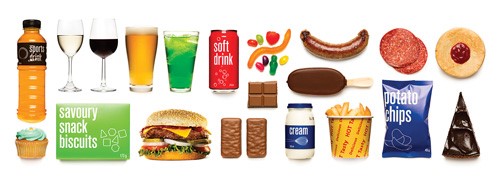
‘Discretionary choices’ are foods and drinks that don’t fit into the five core food groups, and are not an essential part of our diet – so their intake should be limited.
These foods and drinks are high in kilojoules, saturated fat, added sugars, salt and/or alcohol, and have very few nutrients (eg, vitamins, minerals or fibre).
Examples of discretionary choices include:
- sweet biscuits, cakes and desserts
- processed meats and sausages
- ice-cream, confectionery and chocolate
- meat pies and other pastries
- commercial burgers, hot chips, and fried foods
- crisps and other fatty and/or salty snacks
- cream and butter
- sugar-sweetened cordials, soft drinks, fruit drinks and sports drinks
- alcoholic drinks
Discretionary choices can be enjoyed occasionally as part of a balanced diet, but only in small amounts. We recommend limiting your intake to one serve per day as a maximum (approx 600kJ).
How do the 2013 guidelines differ from the 2003 guidelines?
The revised Australian Dietary Guidelines were released in February 2013, with an increased focus on foods and food groups, instead of nutrients, making them more user-friendly. They also have an increased focus on the effect of food on health outcomes, in particular weight gain, heart disease and some cancers.
Key differences in the 2013 Australian Dietary Guidelines:
- A new guideline has been added, which recommends “Limit intake of foods containing saturated fat, added salt, added sugars and alcohol” (Guideline 3)
- The recommended number of serves to consume from the milk, yoghurt, cheese and alternatives food group has slightly decreased for children under 9 years, and slightly increased for people over this age.
- The recommended number of serves to consume from the lean meat and poultry, fish, eggs, tofu, nuts and seeds and legumes/beans food group has increased for all ages.
- The recommended number of serves to consume from the grain (cereal) foods has generally decreased for most age groups (except for pregnant and breastfeeding women).
- The standard serve size of grain (cereal) foods has generally halved.
- A daily allowance for unsaturated fats, oils and spreads has been included for people over 2 years old.
- Recommended intakes have now been provided for children under 4 years old. (Separate Infant Feeding Guidelines exist for children under 2 years old.)
Disclaimer: the above is based on average serves/day across all age groups. Differences in some age groups may vary from the averages listed above. Click here for specific recommendations on for each age and gender.
Australian Guide to Healthy Eating
The Australian Guide to Healthy Eating (below) accompanies the 2013 Australian Dietary Guidelines. It is a food selection guide which visually represents the proportion of the five food groups recommended for consumption each day.
Healthy Eating Pyramid
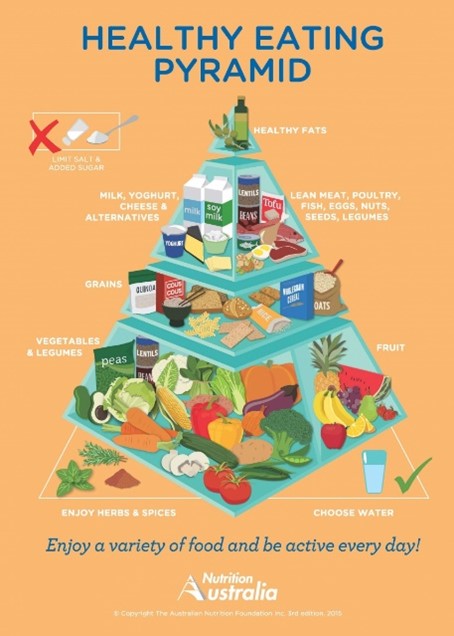
The Healthy Eating Pyramid is Nutrition Australia’s own food selection guide which is also based on the 2013 Australian Dietary Guidelines.
It shows the five core food groups according to how much each group contributes to a balanced diet. It is based on the recommended food intakes for 19-50 years olds, but it is generally applicable to all ages from 1–70.





